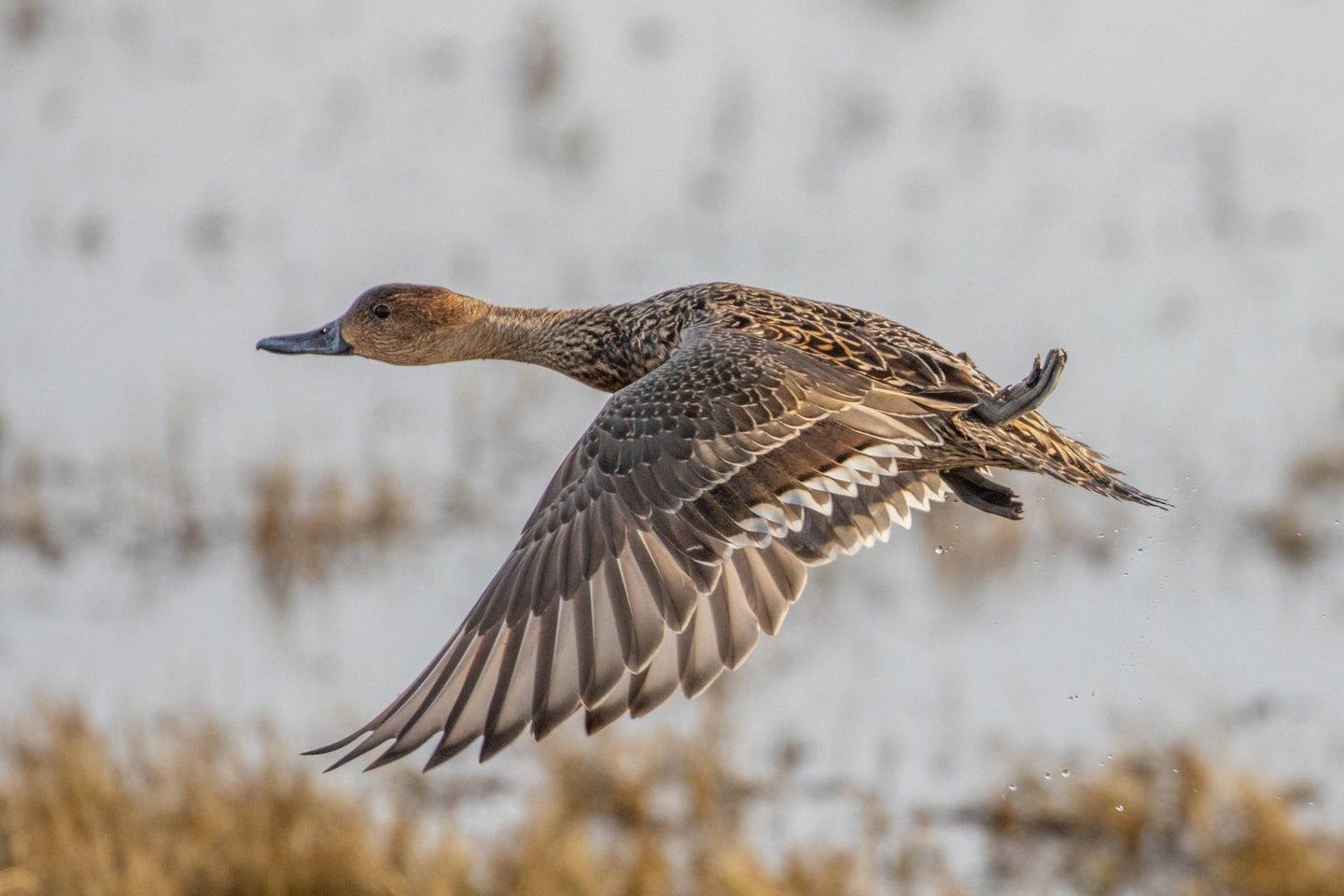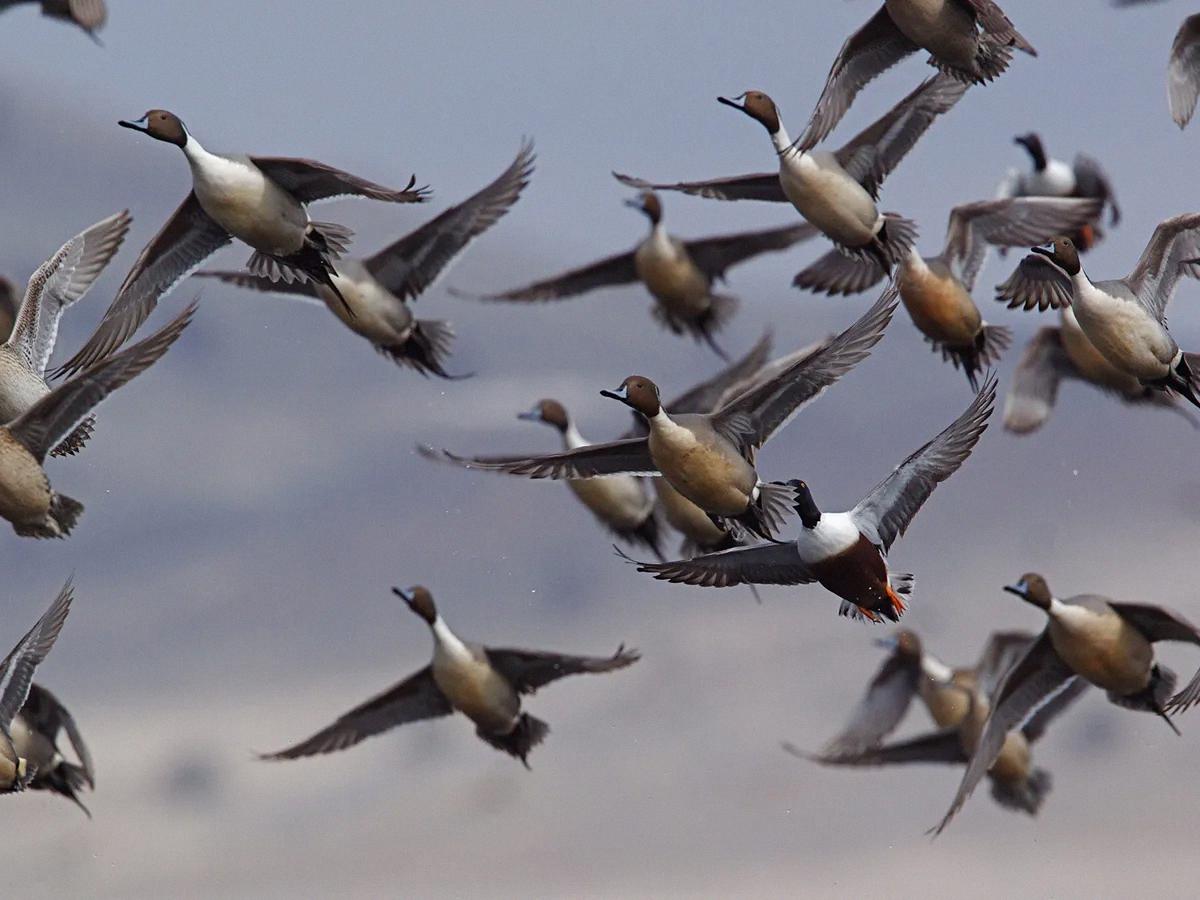Giraffes, the majestic and graceful animals with their long necks and spotted coats, are known for their unique appearance and behavior. However, many people are unaware that they also migrate in herds, just like other animals in the grasslands and savannas of central and southern Africa.
Giraffes usually form into herds of 50 or fewr individuals of the same subspecies. These herds are often made up of females and their young, with a few males as well. The migration patterns of giraffes are affected by a number of social and survival-related factors.
One of the main reasons why giraffes migrate is to find food. During the dry season, when food is scarce, giraffes will move to areas where there is more vegetation. They are known to travel long distances in search of food, sometimes up to hundreds of miles. When the rainy season arrives and vegetation becomes more abundant, giraffes will move back to their original habitats.
Another reason why giraffes migrate is to find mates. During the breeding season, males will often travel long distances to find females to mate with. Female giraffes will also move to different areas to avoid being constantly pursued by males.
Giraffes also migrate to avoid predators. They are vulnerable to attacks from lions, hyenas, and other large predators, so they will often move to areas where they feel more secure. This may include areas with dense vegetation or higher ground where they can see predators from a distance.
It’s important to note that not all giraffes migrate. Some giraffes live in areas where food and water are plentiful year-round, so they don’t need to travel long distances. However, for those that do migrate, it’s an incredible sight to see. Watching a herd of giraffes move gracefully across the savanna is a truly awe-inspiring experience.
Giraffes do migrate in herds for a variety of reasons, including finding food, mates, and avoiding predators. Their migration patterns are influenced by a number of social and survival-related factors, and it’s a fascinating behavior to observe in the wild.
Do Giraffes Migrate in Herds?
Giraffes migrate in herds. These tall, hoofed mammals inhabit the grasslands and savannas of central and southern Africa, and they tend to form into herds of 50 or fewer individuals of the same subspecies. Giraffes migrate for a variety of reasons, including social and survival-related factors. For example, they may migrate in search of food and water, or to avoid predators or unfavorable weather conditions. The migration patterns of giraffes can vary depending on the specific subspecies and their habitat, but they generally move in a coordinated fashion, with individuals taking turns leading the group and navigating the terrain. the herd behavior of giraffes is an important aspect of their social and ecological dynamics, and understanding their migratory patterns can provide valuable insights into their biology and conservation.
Source: outdoorlife.com
Do Zebras Migrate?
Zebras do migrate. In fact, one of the most remarkable natural events is the annual migration of millions of zebras, blue wildebeest, and other antelopes between Tanzania’s Serengeti and Kenya’s Masai Mara. This incredible journey spans approximately 1,800 miles and is driven by the need for food and water. During the dry season, the herds move northward, wile in the wet season, they return to the south. The zebras play an important role in this migration, as they help to maintain the balance of the ecosystem by grazing on the grass, which helps to prevent fires and stimulates new growth. the migration of zebras and other animals is a fascinating and important part of the natural world, and it is truly amazing to witness.
Do Zebras Migrate or Hibernate?
Zebras migrate, but they do not hibernate. Migration is a seasonal movement of animals from one region to another, usually in search of food, water or breeding grounds. Zebras, alog with other herbivores like wildebeests and gazelles, migrate in large numbers across the African savanna every year. They move between foraging grounds, following the rains and the growth of new grasses. The migration of zebras is an incredible sight to witness, with thousands of these striped animals moving together in unison. However, zebras do not hibernate like some other animals do. Hibernation is a state of inactivity and reduced metabolic rate that some animals enter during the winter months to conserve energy. Zebras are active year-round and rely on migration to find the resources they need to survive.
Can Male Giraffes Mate?
While same-sex behavior has been observed in giraffes, it is important to note that giraffes do not have a sexual orientation like humans do. Therefore, it is not accurate to say that giraffes are gay or straight. However, when it comes to mating, giraffes typically engage in heterosexual behavior. This means that while two male giraffes may engage in same-sex behavior, they will not be able to reproduce. In the wild, giraffes do not form couples or have a monogamous mating system. Instead, males will compete for access to females durig mating season. So while male giraffes may engage in same-sex behavior, it is not a part of their reproductive strategy.
Five Interesting Facts About Giraffes
Giraffes are fascinating creatures, and there are plenty of interesting facts to learn about them. Here are five of the most intriguing:
1. Giraffes are the tallest mammal in the world, standing up to 18 feet tall. They have incredibly long necks, which can be up to six feet long, and they use them to reach leaves and branches high up in trees.
2. Giraffes are born ready to stand and walk. After being born, they can stand up within half an hour and start walking within an hour. This is an important adaptation that helps them avoid predators.
3. Giraffes spend most of their lives standing up. Unlike many other animals, they don’t need to lie down to sleep. Instead, they take short naps standing up, usually no longer than 5-10 minutes at a time.
4. Young giraffes form groups called creches. These groups consist of several young giraffes and an adult female, who watches over them while their mothers are off feeding. The creches provide safety in numbers and alow the young giraffes to socialize and play.
5. Giraffes are peaceful animals that rarely fight. When they do engage in combat, it’s usually a ritualized display of dominance rather than a serious fight. They use their long necks to swing their heads at each other, and the loser typically backs down before any serious harm is done.
Source: youtube.com
The Largest Animal Migration in Africa
The biggest African animal migration is known as the Great Wildebeest Migration. This annual migration involves over 2 million animals, including wildebeest, zebras and gazelles, moving in a clockwise direction across the ecosystems of the Serengeti in Tanzania and the Masai Mara in Kenya. This incredible natural spectacle is considered the largest animal migration in the world, and it is a truly breathtaking sight to behold. The migration is a result of the animals folowing the rains and the availability of fresh grazing and water, and it is a crucial part of the ecosystem, providing vital nutrients to the plants and animals in the area.
The Longest Land Migration of a Mammal
The mammal with the longest land migration is the caribou, also known as the reindeer. This species of deer is found in varios parts of the world, including North America, Europe, and Asia. Caribou populations have been observed to travel distances exceeding 745 miles (1,200 km) in a year, making them the mammal with the longest known migrations. These migrations are crucial to the survival of caribou populations as they allow them to find food and suitable breeding grounds in different seasons. While caribou have the longest migrations in the world, it is worth noting that a few other species may move more in a year than caribou. Nonetheless, caribou’s migratory patterns remain a fascinating and impressive feat of nature.
Do Elephants Migrate During Winter?
African elephants are known to migrate during the dry season, which usually occurs between June and November. This is because during this time, there is less vegetation available for the elephants to feed on, and many of the water sources dry up. As a result, the elephants must travel in search of more hospitable locations that are near rivers and oher sources of water that are less prone to drying up.
However, it is important to note that the dry season in Africa does not always correspond with the winter months. In some regions, the dry season may occur during the winter, while in others it may occur during the summer months. Therefore, whether or not elephants migrate during the winter months will depend on the location and specific weather patterns of the area in question. Nonetheless, it is safe to say that elephants migrate primarily during the dry season, when food and water are scarce.
Do Raccoons Hibernate or Migrate?
Raccoons are not known to migrate, but they do exhibit some behaviors that are similar to hibernation. While they are not classified as true hibernators, raccoons do experience a period of reduced activity during the colder months. In the fall, they begin to store up body fat to help them survive the winter months. They may also build dens in which they will spend much of the winter. While they do not enter into a deep sleep like true hibernators, they do experience a state of torpor, which is a period of decreased metabolism and reduced activity. During this time, they may only leave ther dens briefly to find food and water before returning to their torpid state. So, while raccoons do not migrate, they do exhibit behaviors that help them survive the colder months.
Source: birdfact.com
Is a Zebra a Horse, Donkey, or Other?
While zebras, donkeys, and horses all belong to the equine species, they are each distinct animals with unique characteristics. Zebras, for example, have distinctive black and white stripes that help them blend in with their surroundings and confuse predators. Donkeys, on the other hand, have longer ears and a shorter, thicker mane than horses. In terms of behavior, donkeys are known for being stubborn and independent, while horses are more social and obedient. So, to answer the question directly, a zebra is neither a donkey nor a horse, but rather a separate species with its own unique characteristics.
Do Squirrels Hibernate or Migrate?
Squirrels do not hibernate or migrate. They are homeotherms, which means that their body temperature remains fairly constant throughout the year. During the winter months, squirrels spend less time foraging outside their dens, and it is common for several squirrels to share a den to conserve body heat. However, they remain active and do not enter a state of hibernation. Additionally, squirrels do not migrate as they are able to find enough food and shelter in their local habitat year-round.
Conclusion
Giraffes are known to migrate in herds of 50 or fewer individuals of the same subspecies. Their migration patterns are influenced by social and survival-related factors. These tall, hoofed mammals inhabit the grasslands and savannas of central and southern Africa. However, unlike the annual migration of millions of zebra, blue wildebeest, and oter antelope between the Serengeti in Tanzania and Kenya’s Masai Mara, giraffes’ migration is not as well-documented. Nonetheless, giraffes’ search for food and water could lead them to travel long distances, and they may adopt seasonal movements within their home range. The study of giraffes’ migration patterns is an ongoing effort that could shed light on their behavior and ecology.



